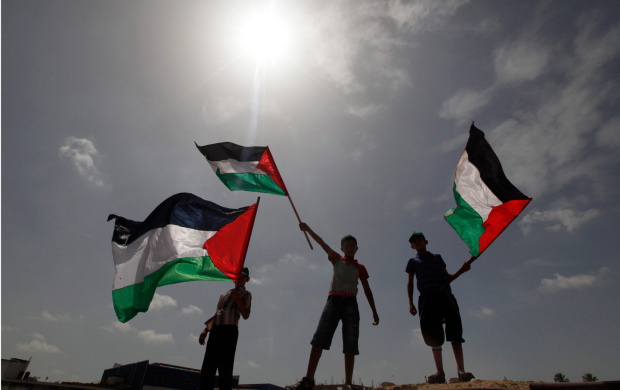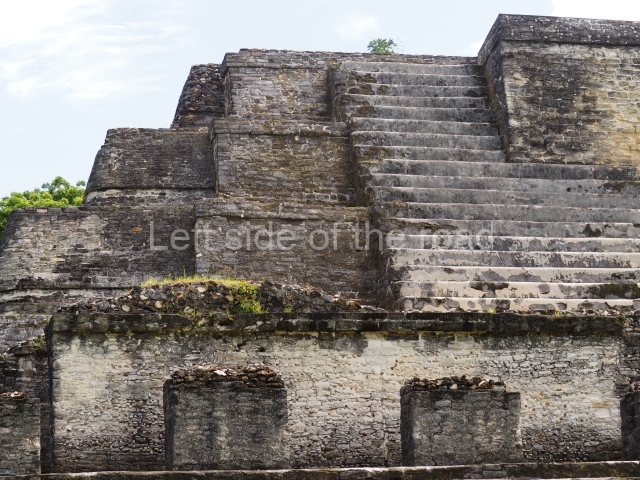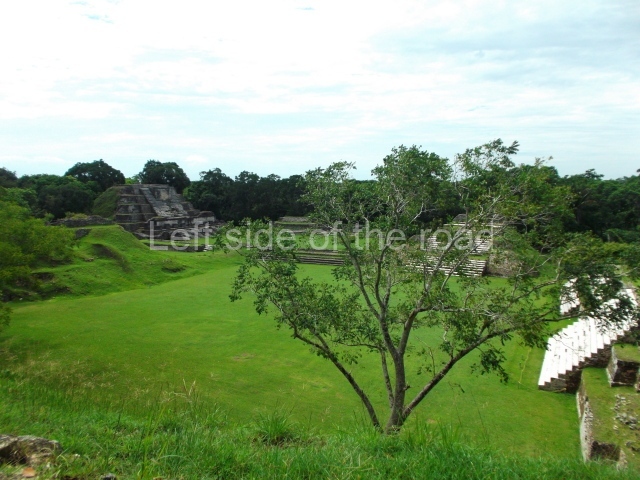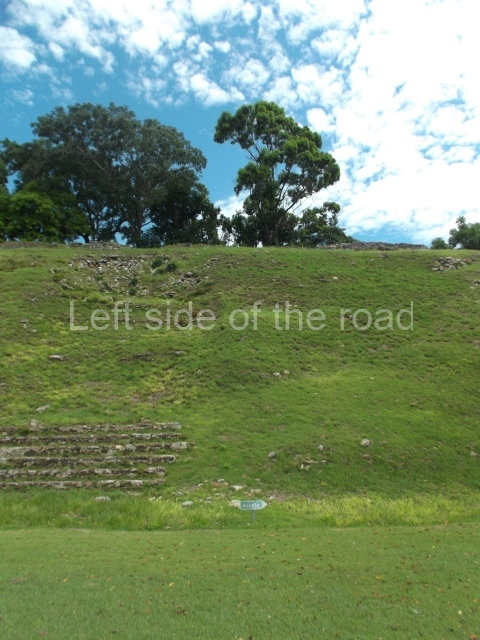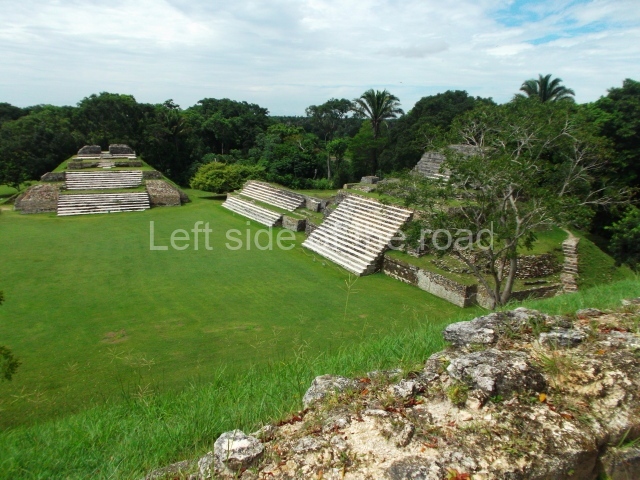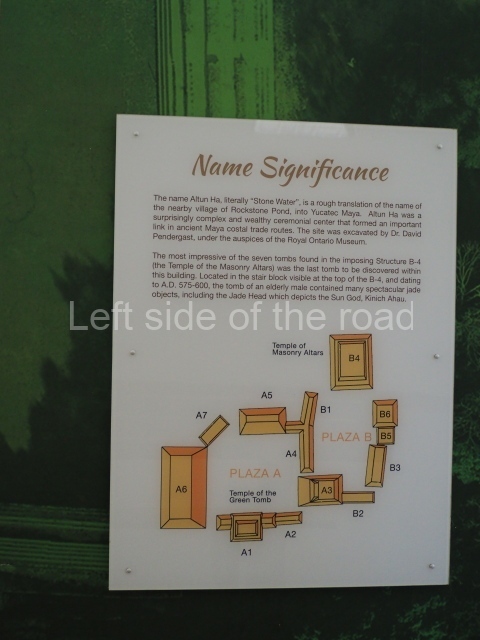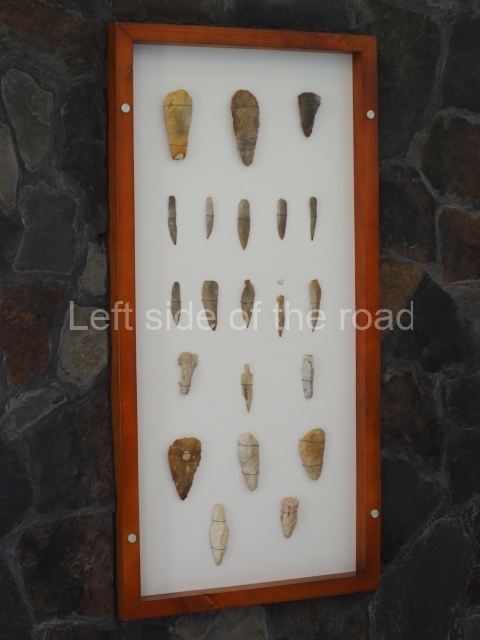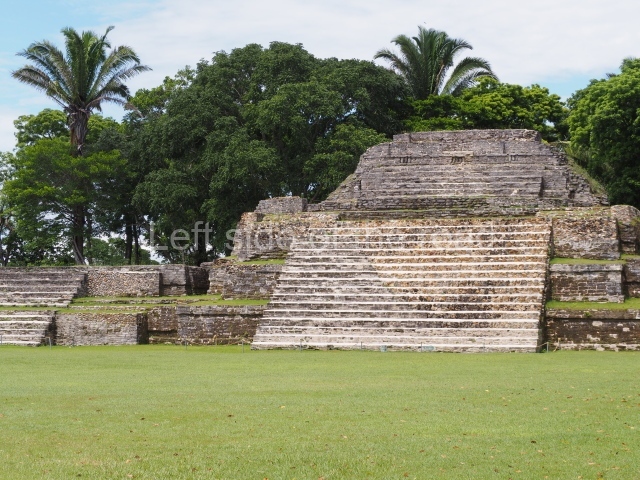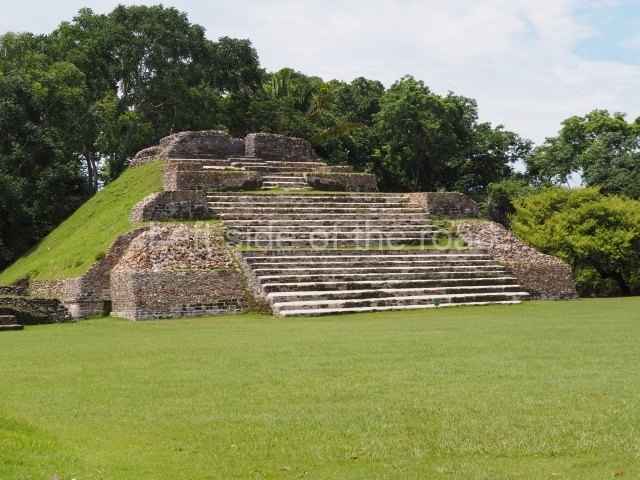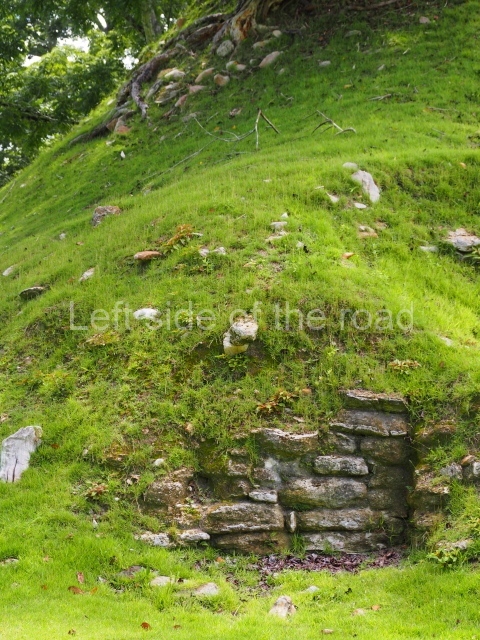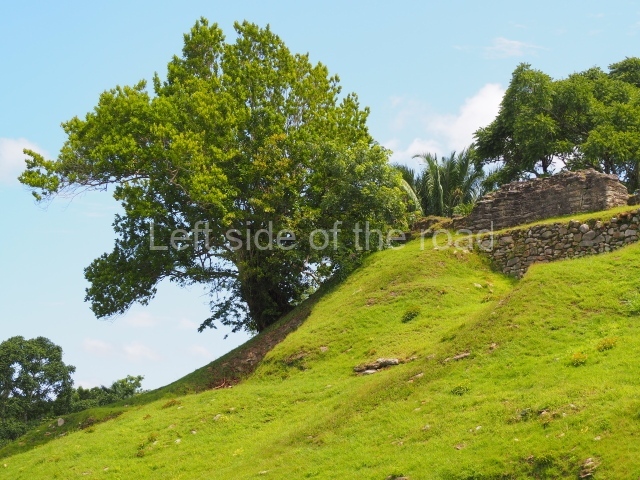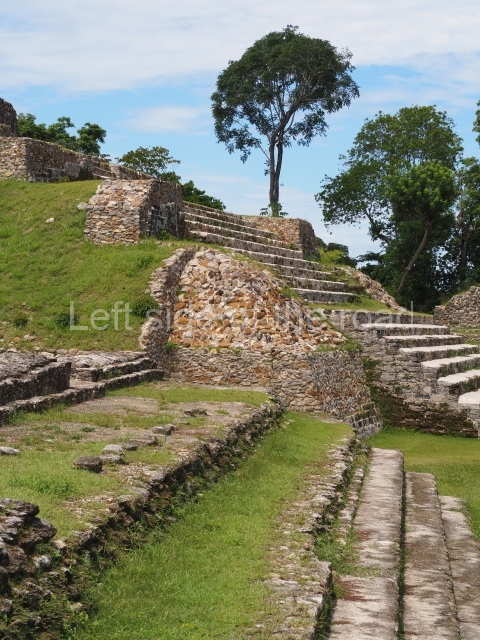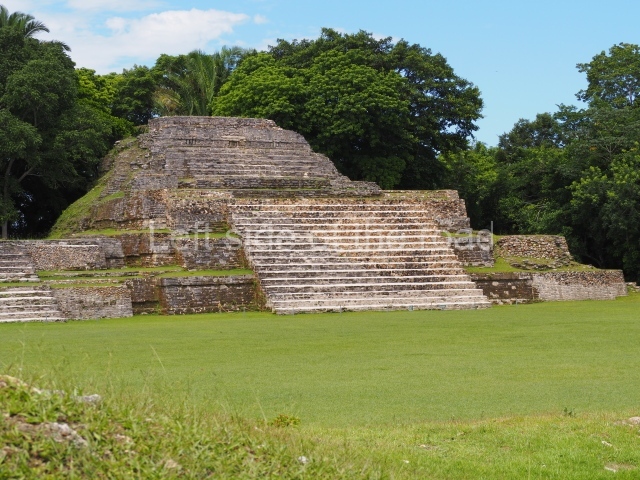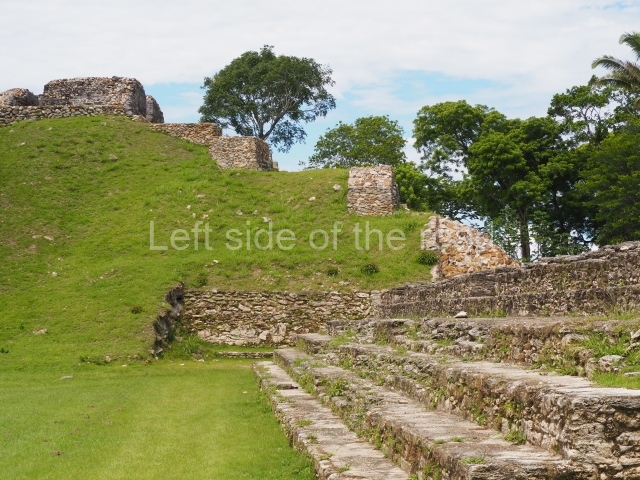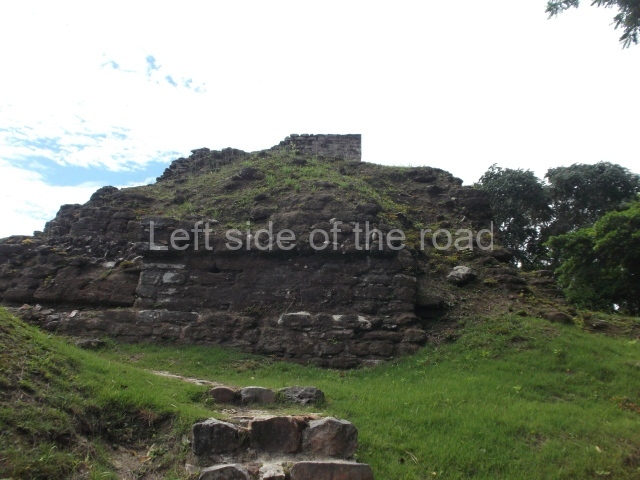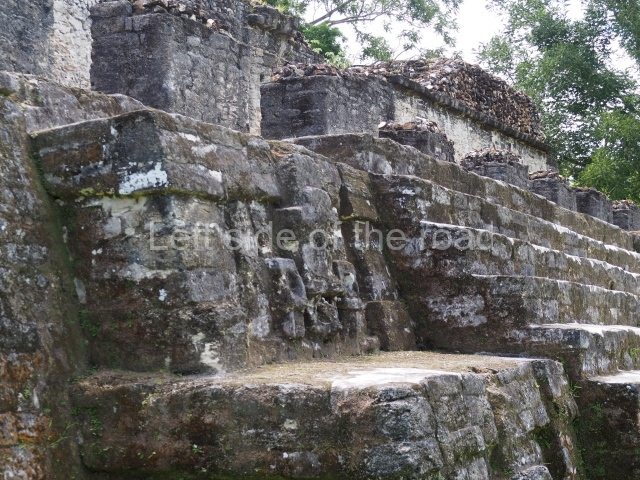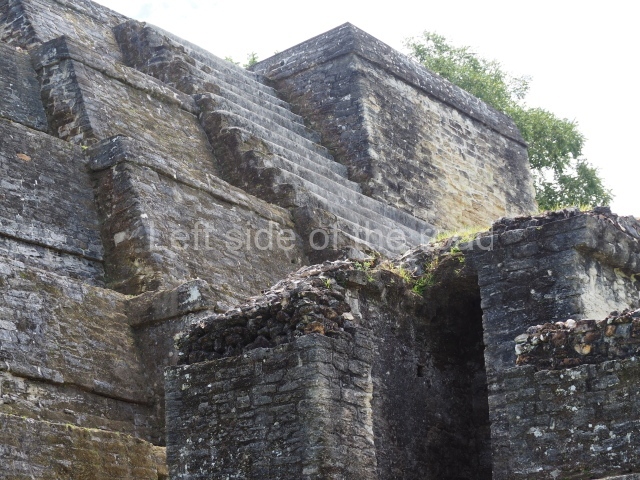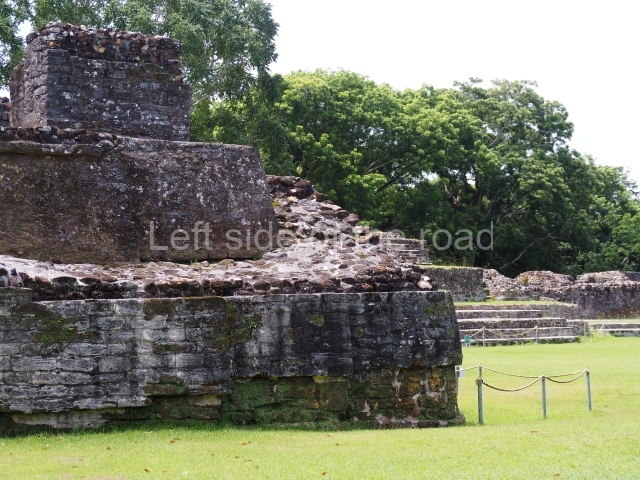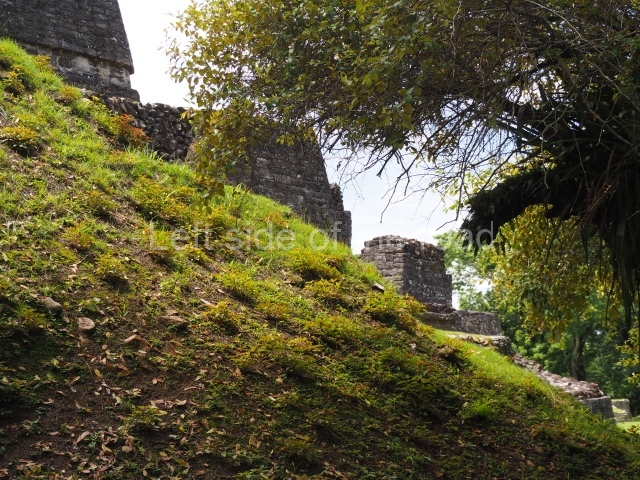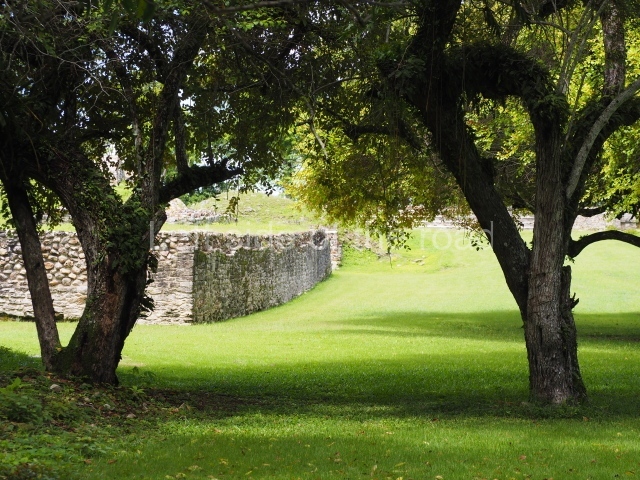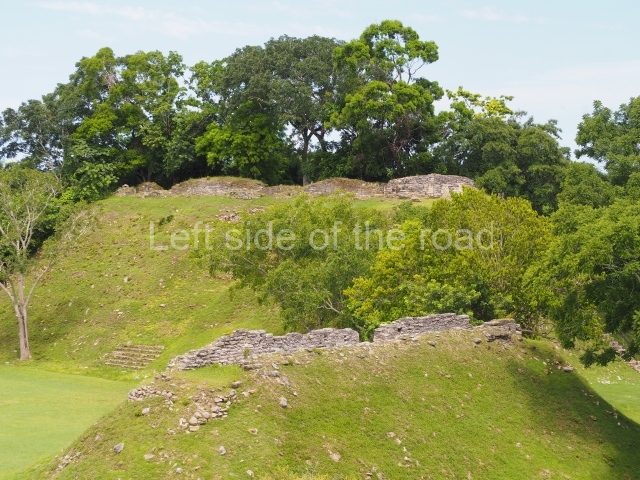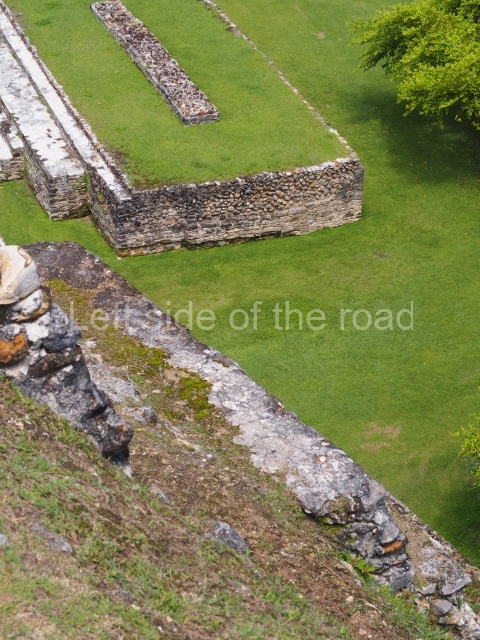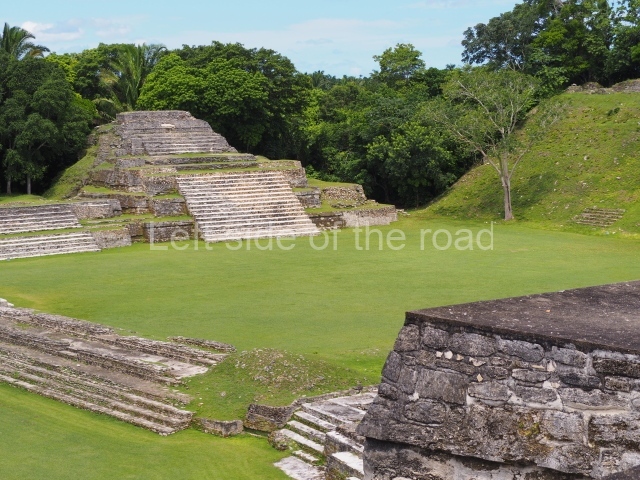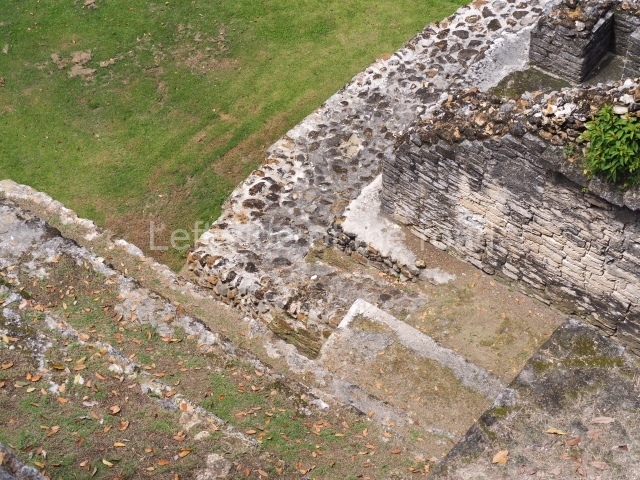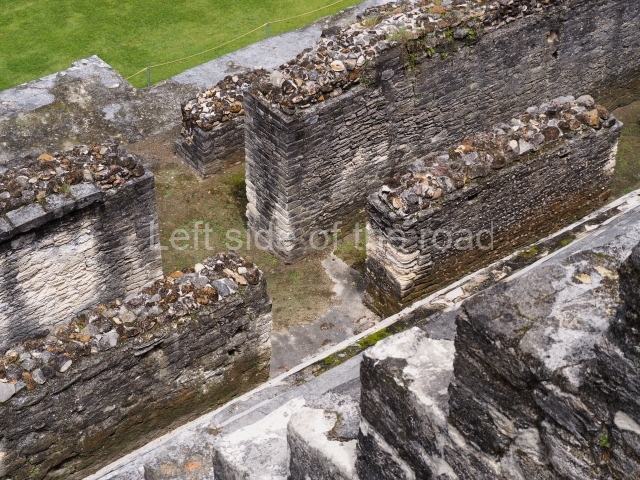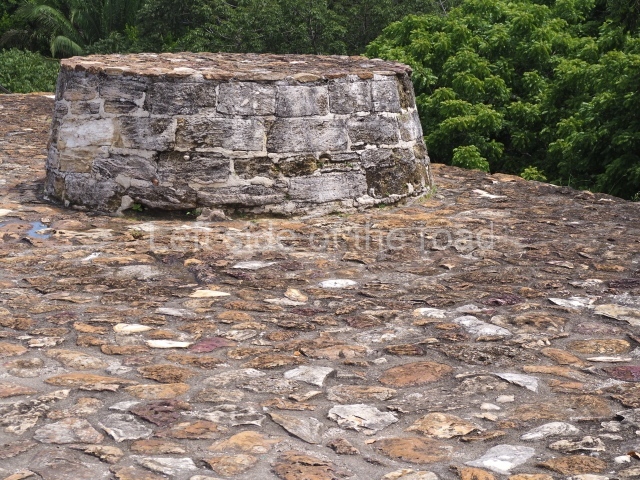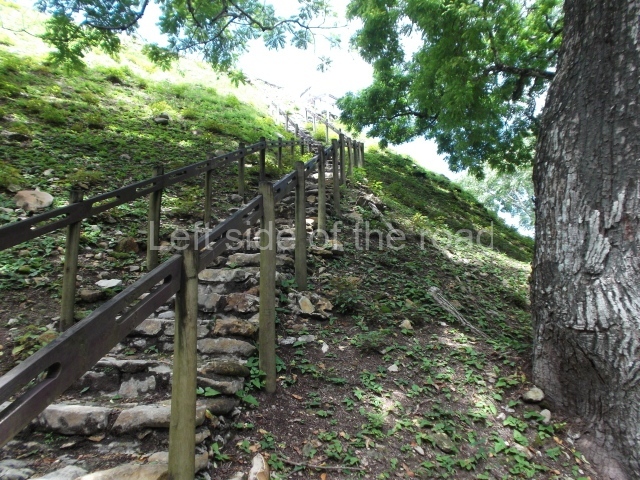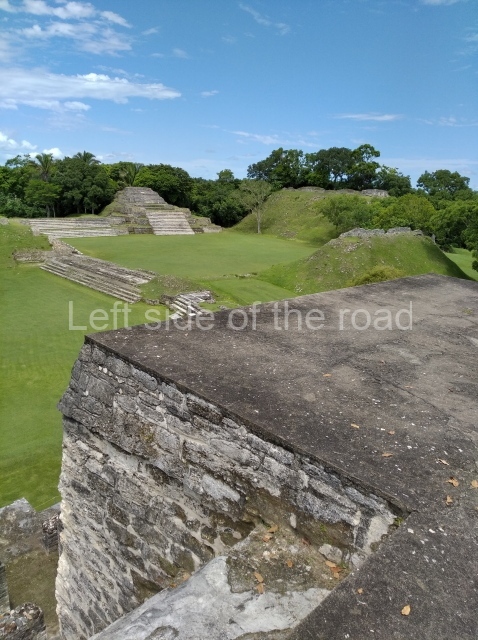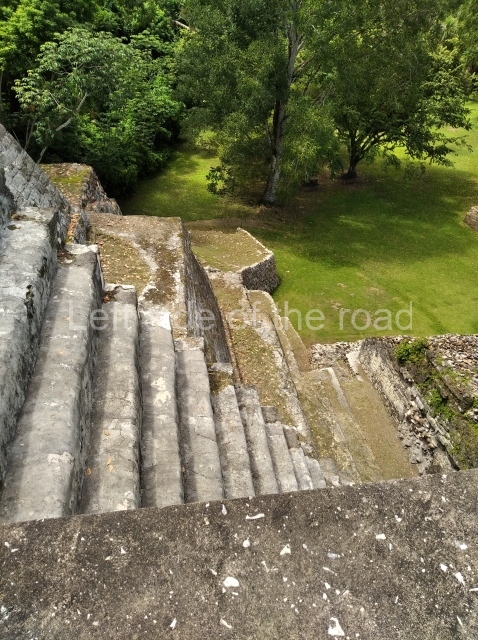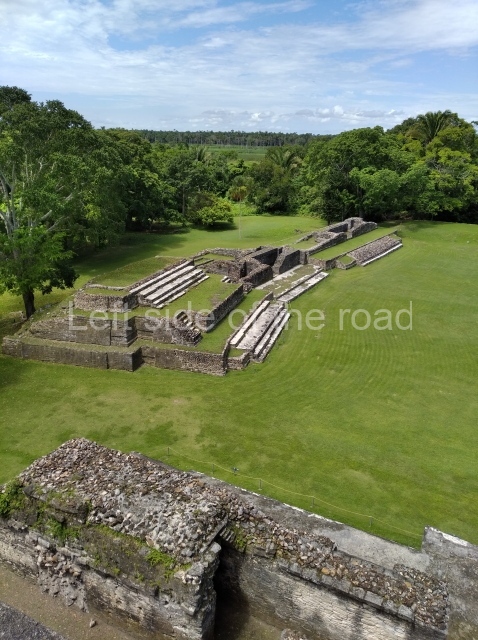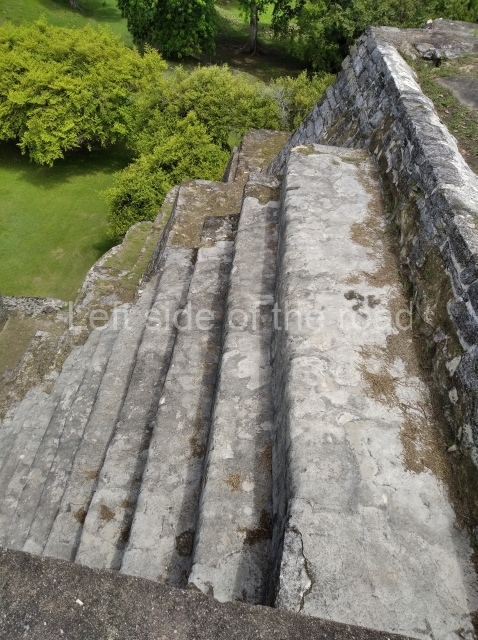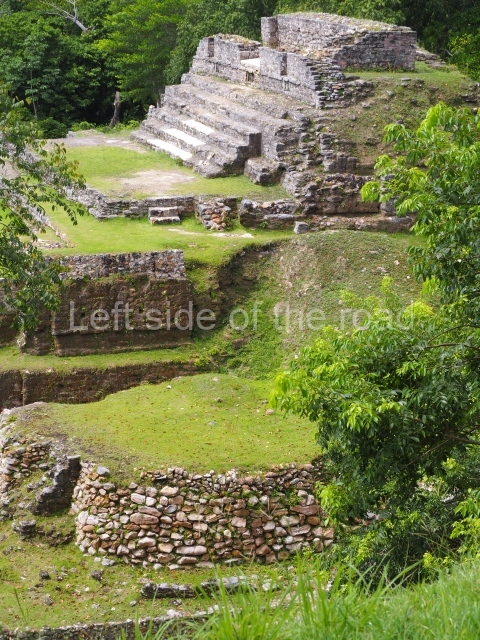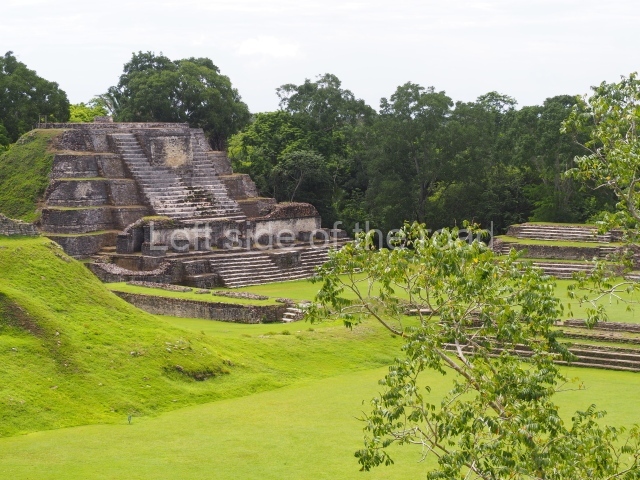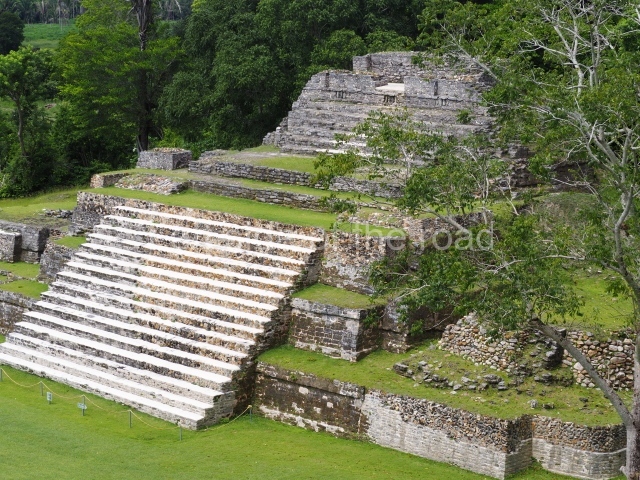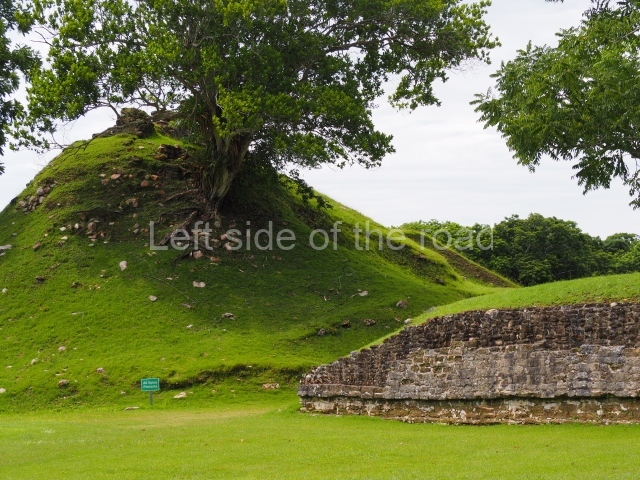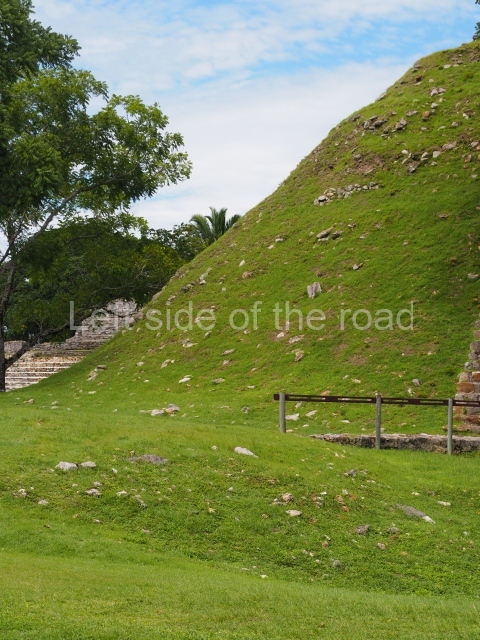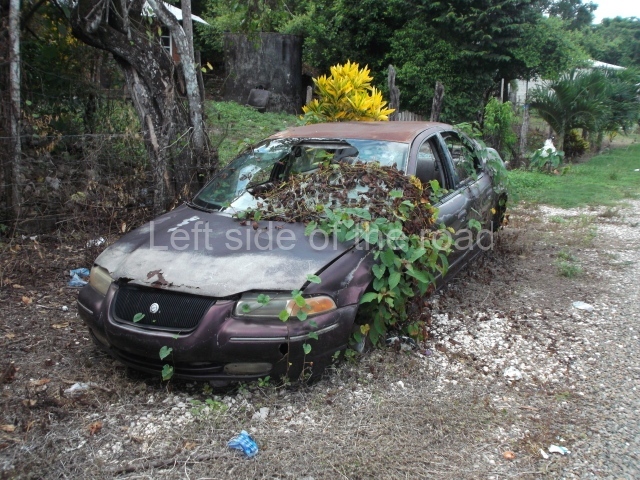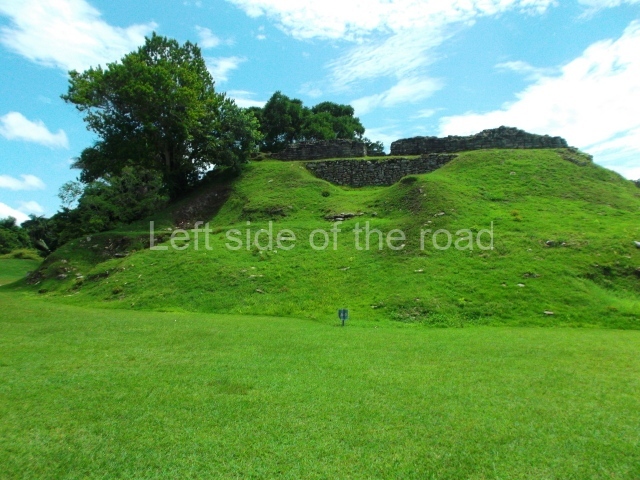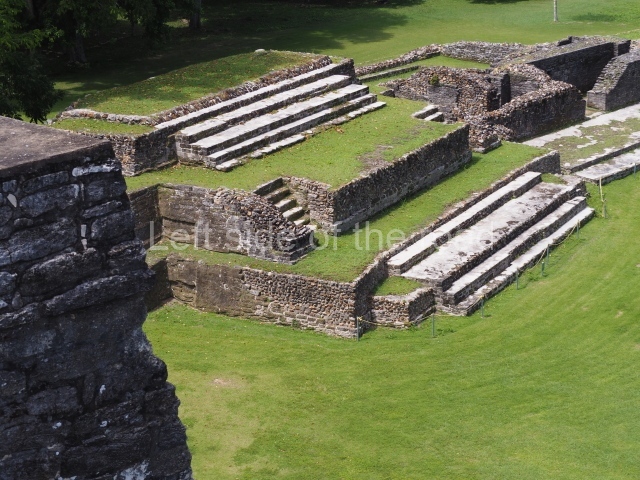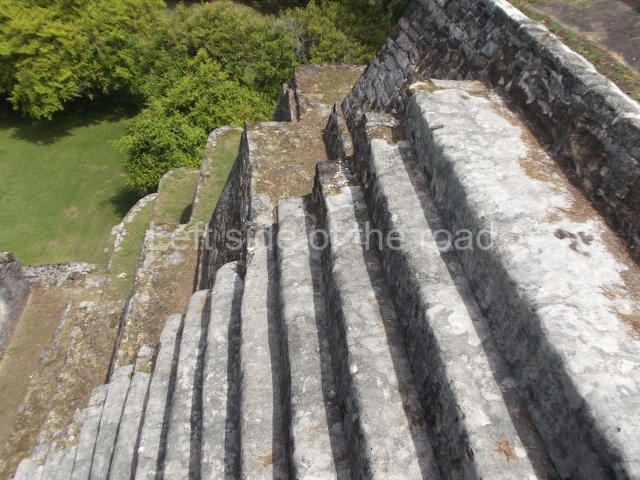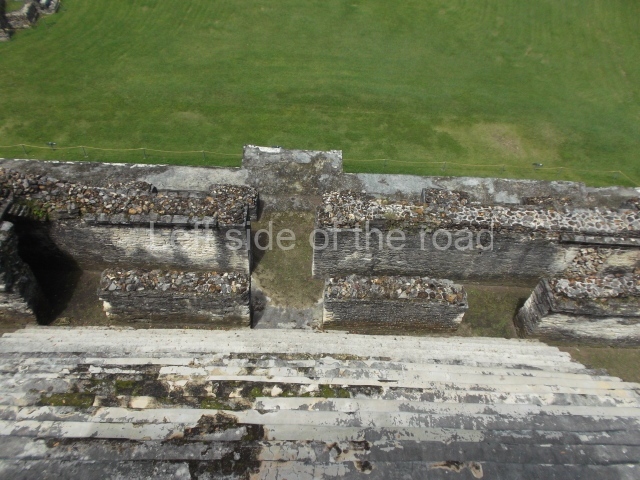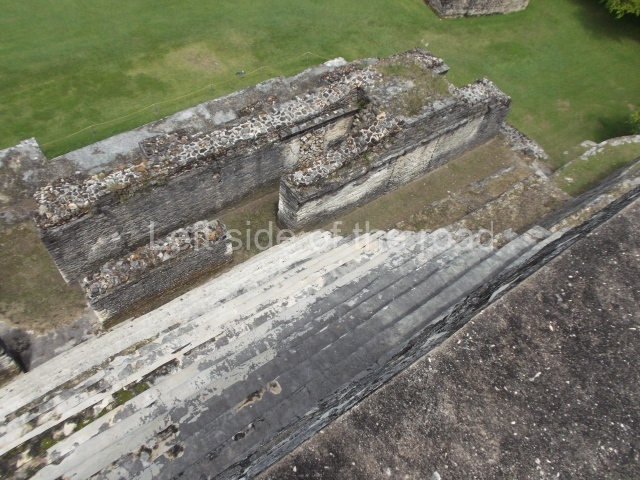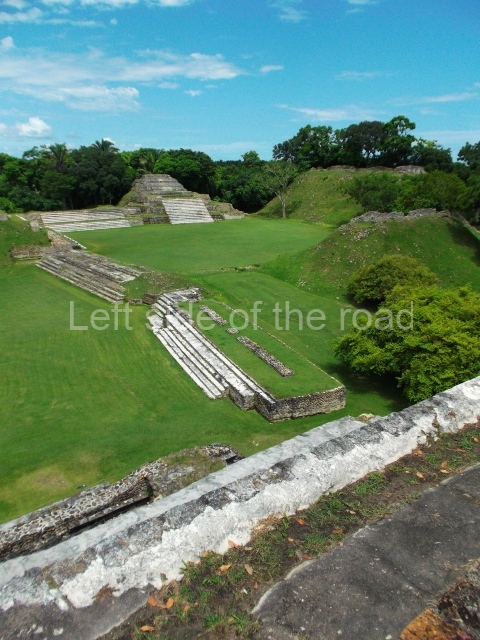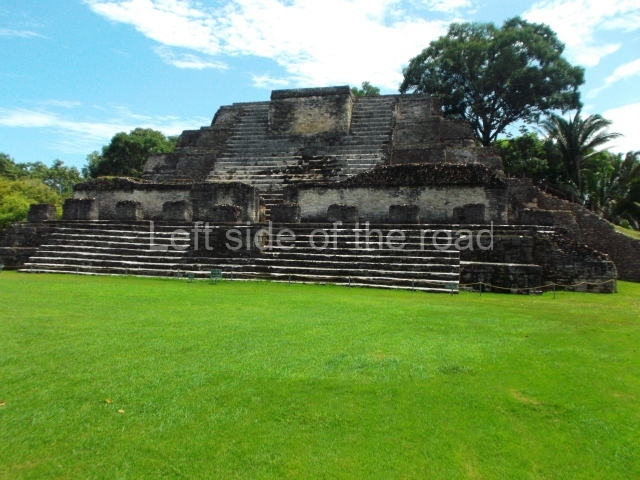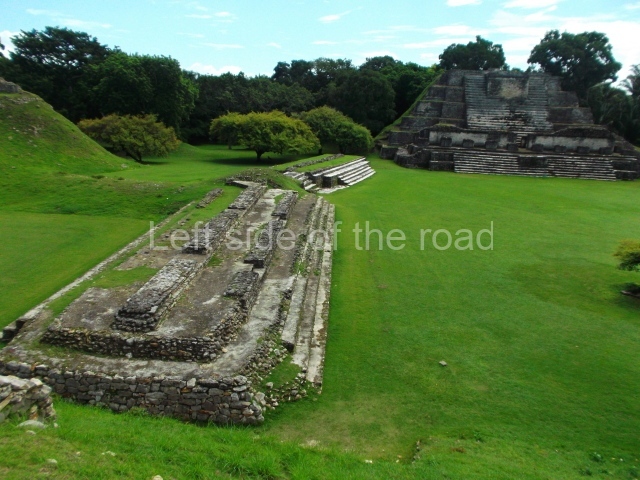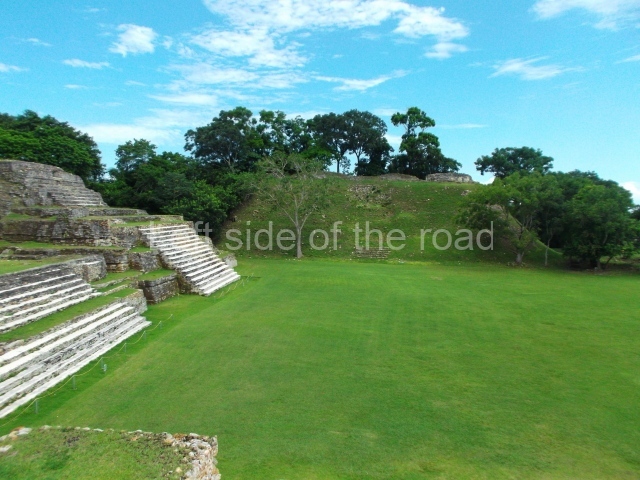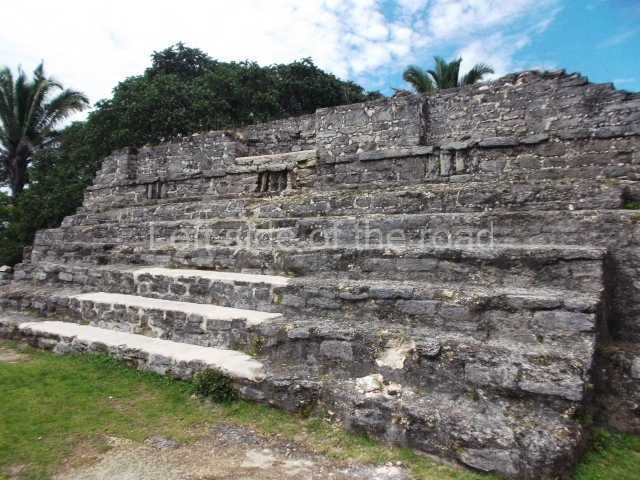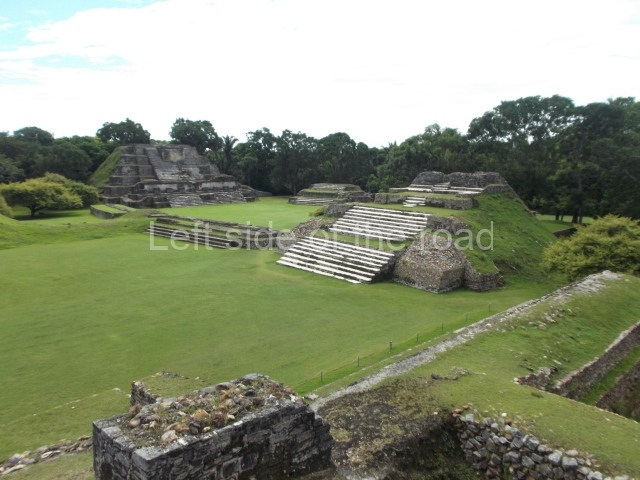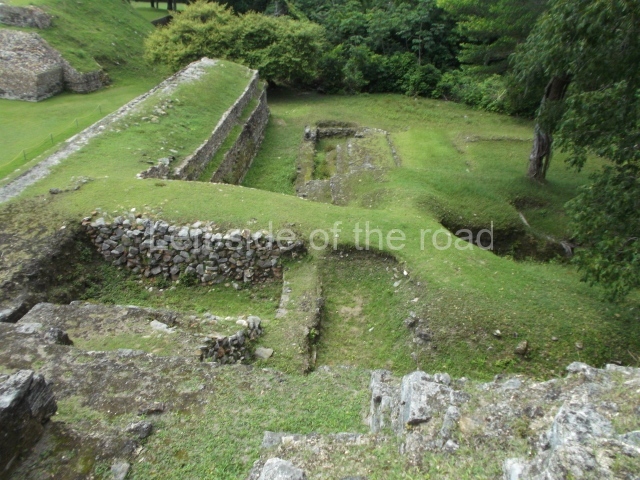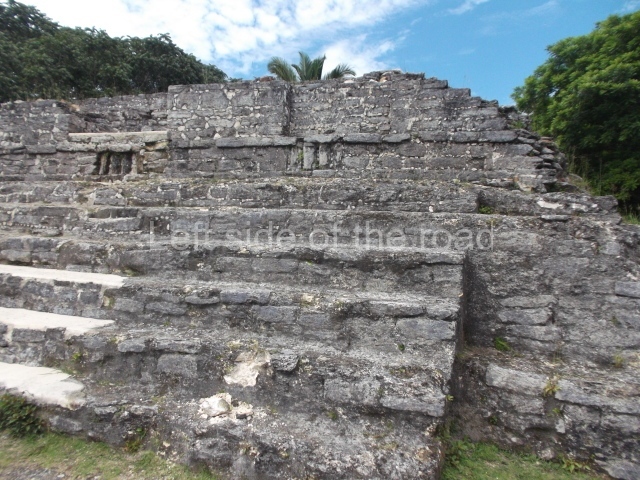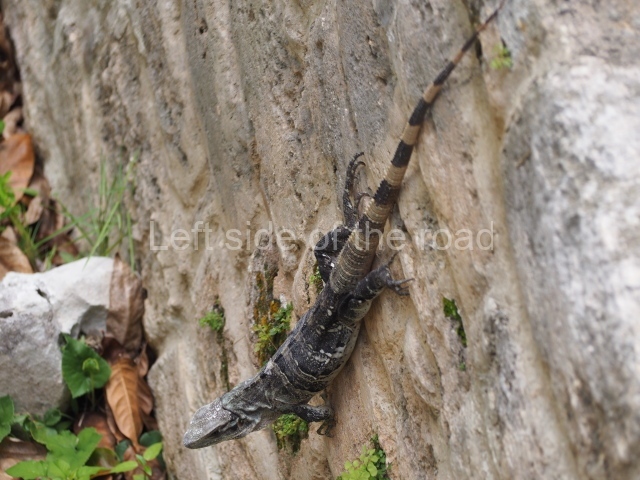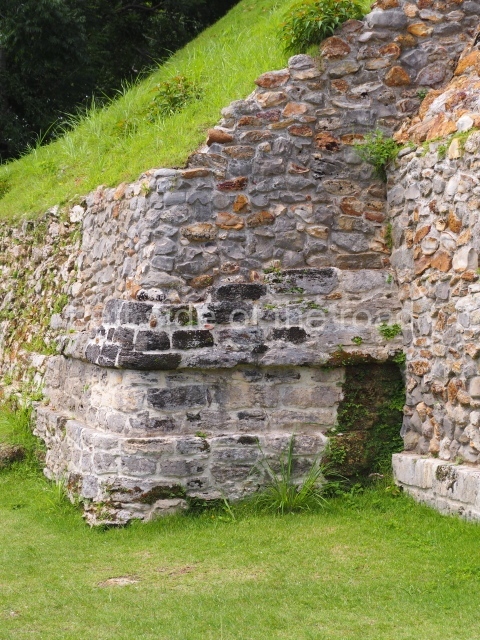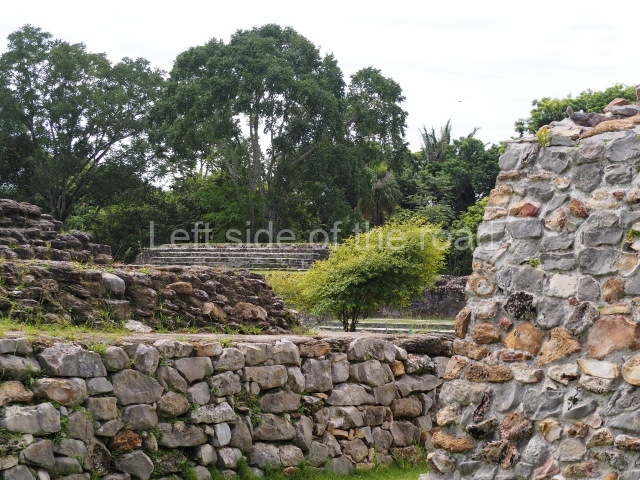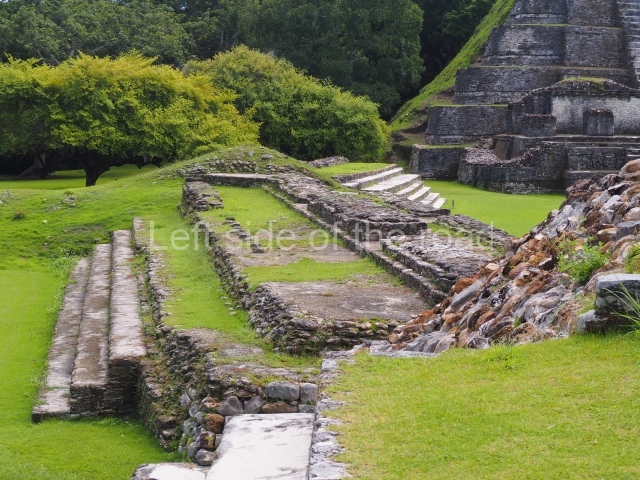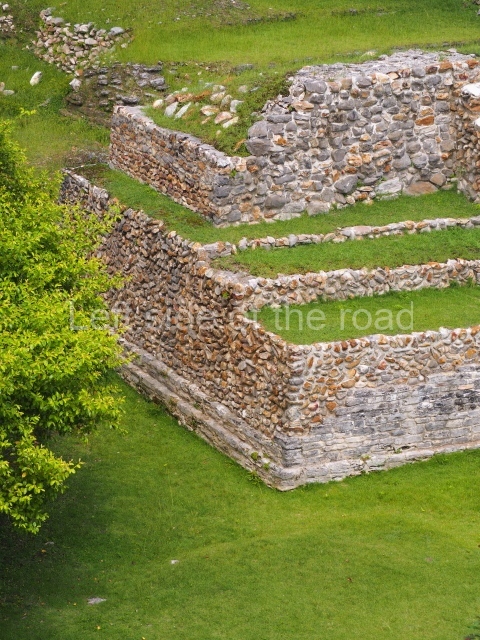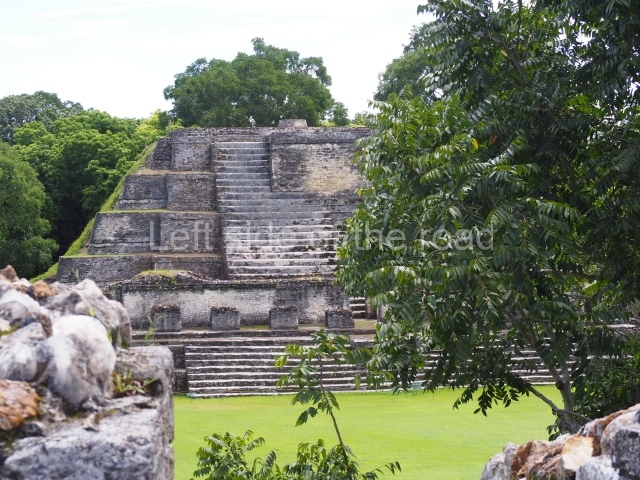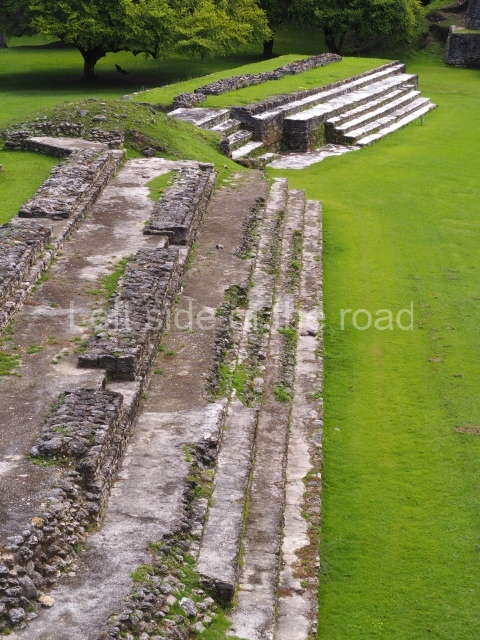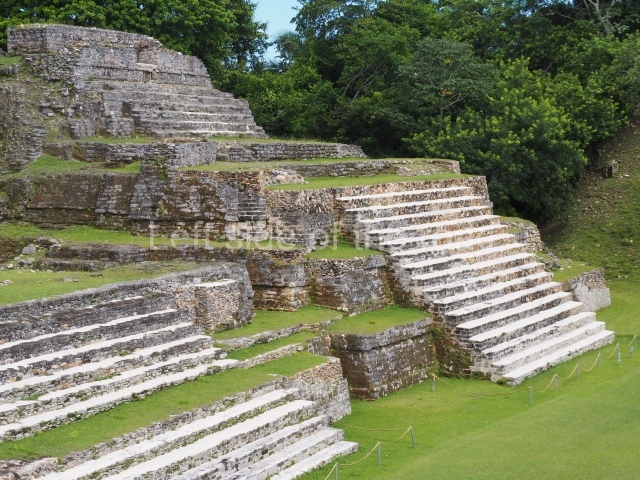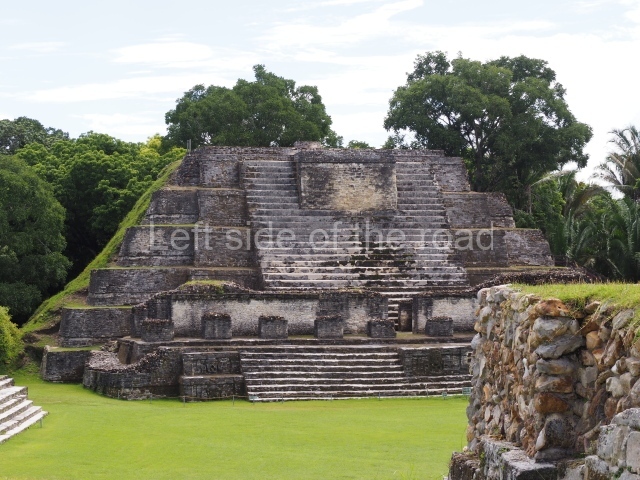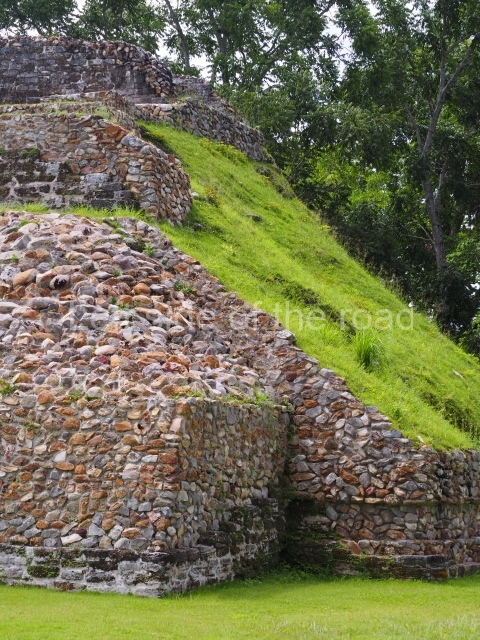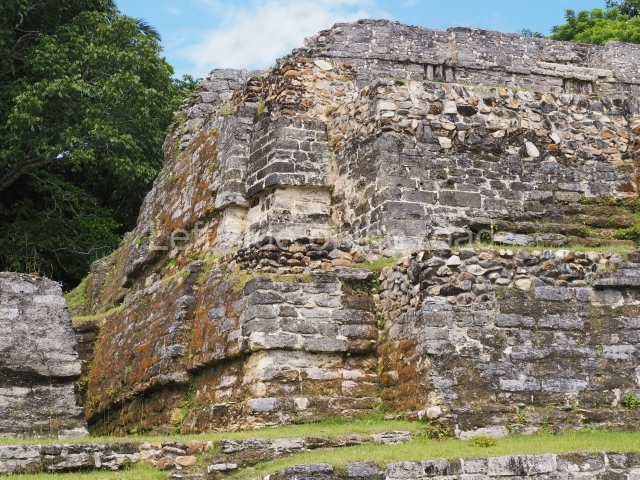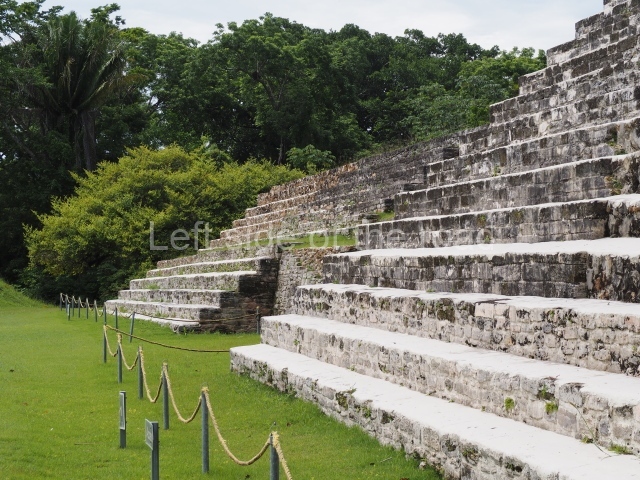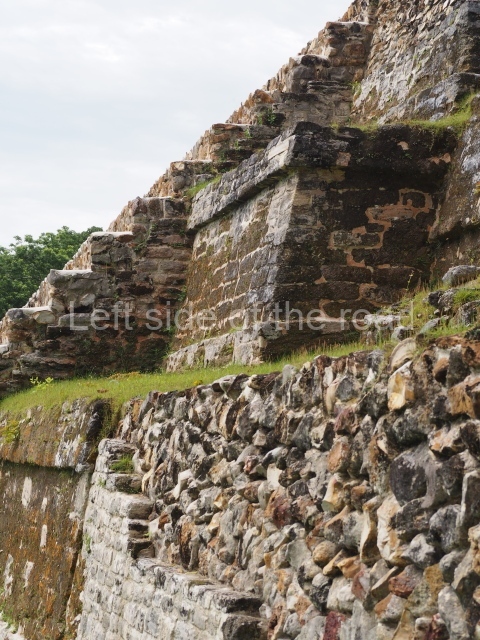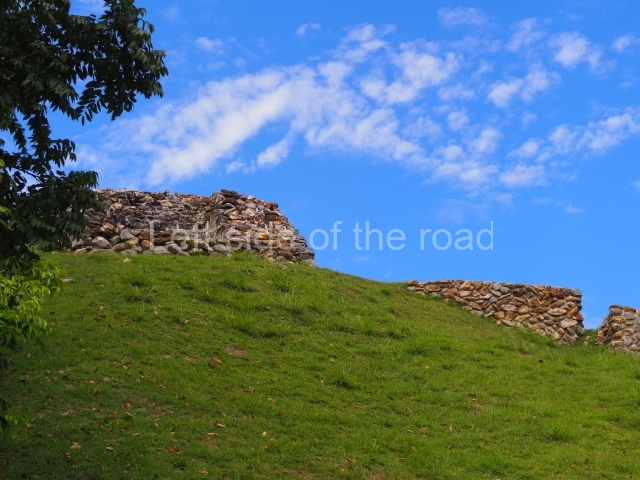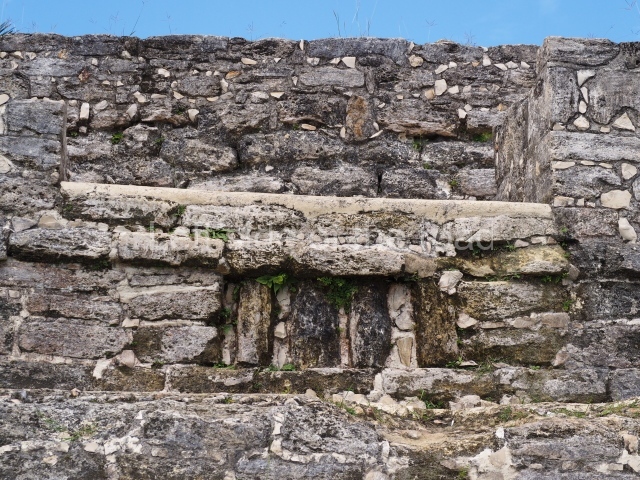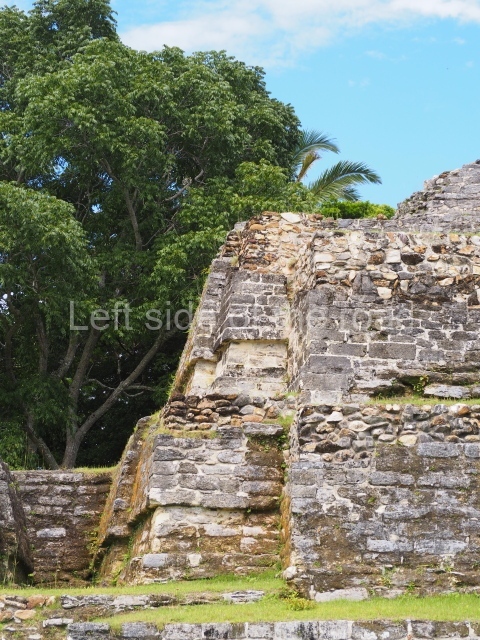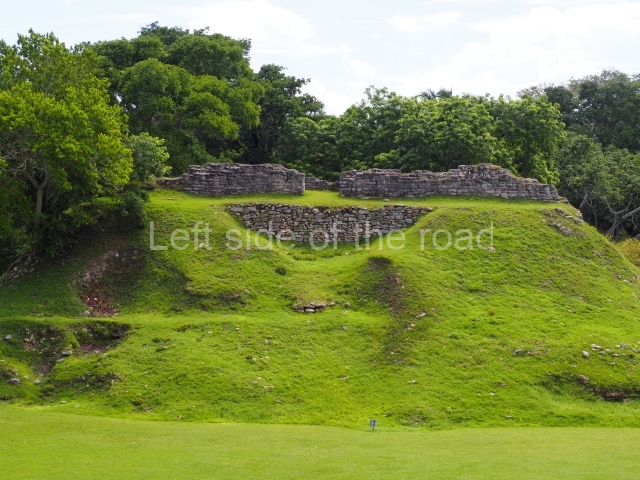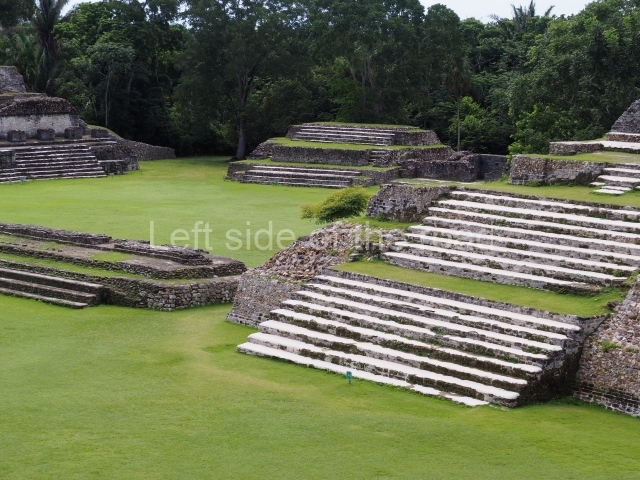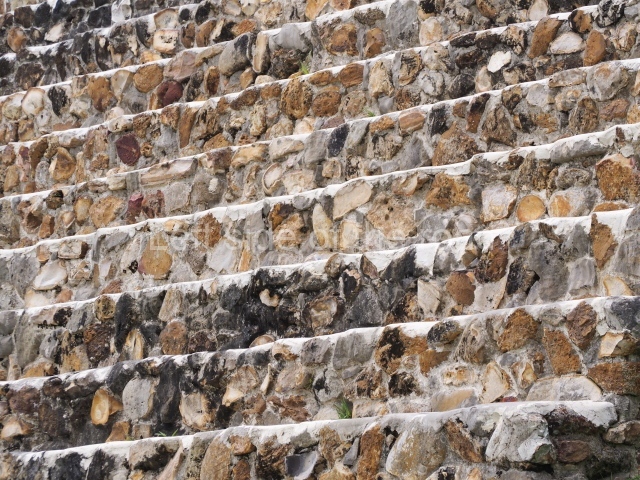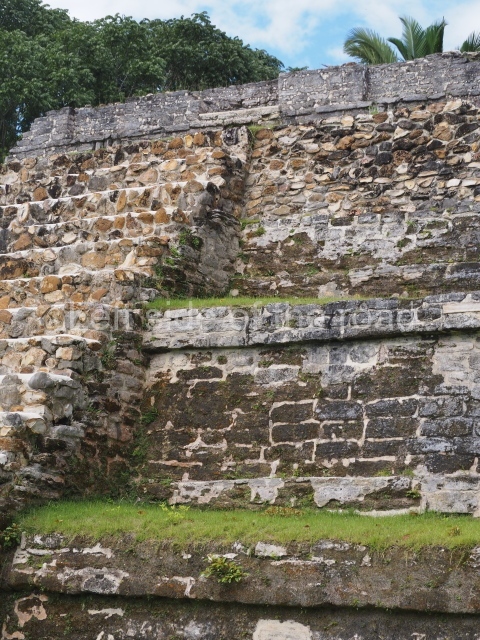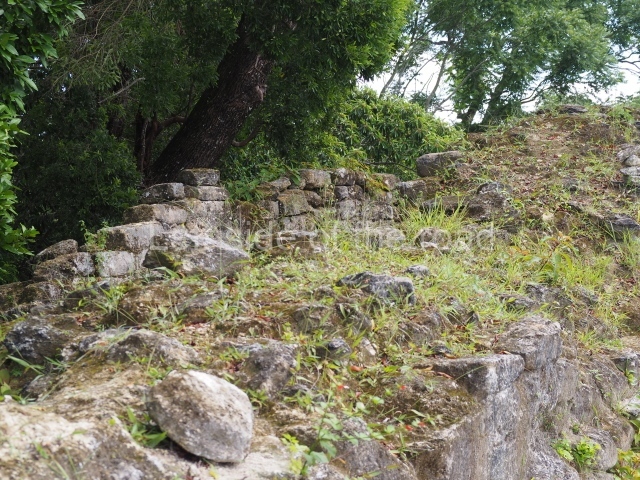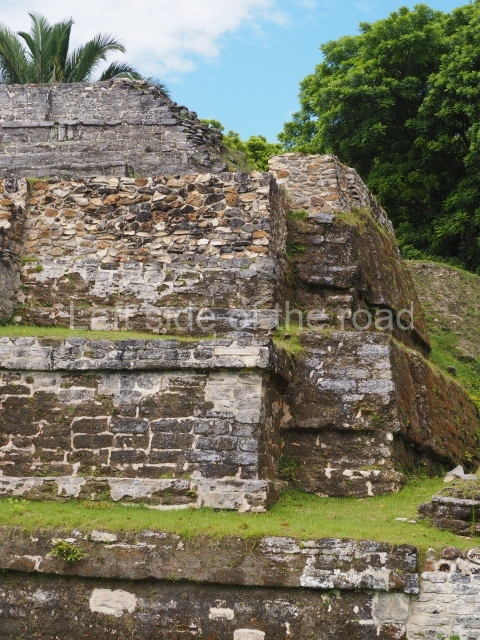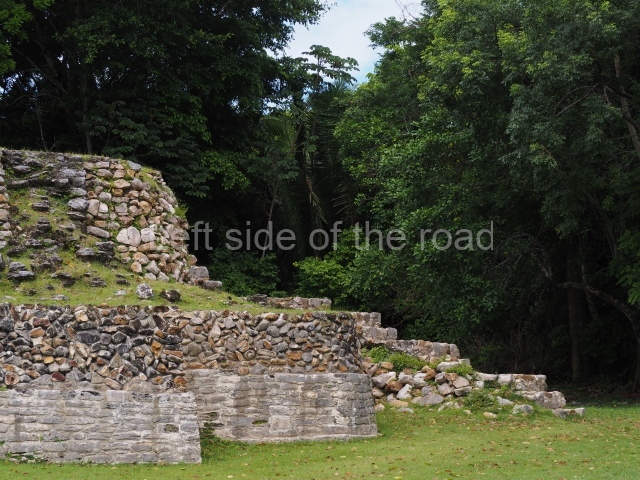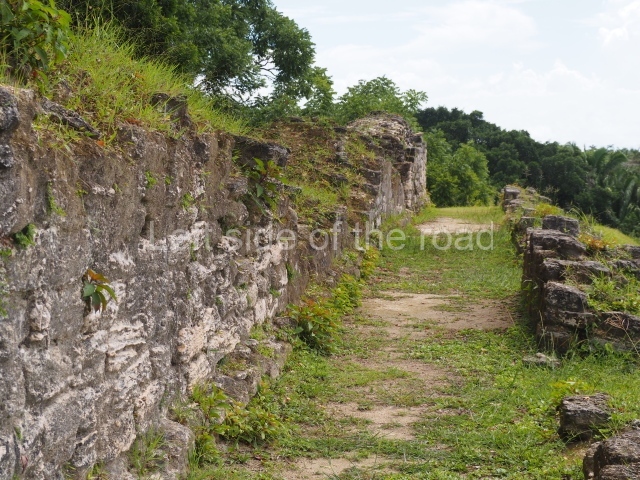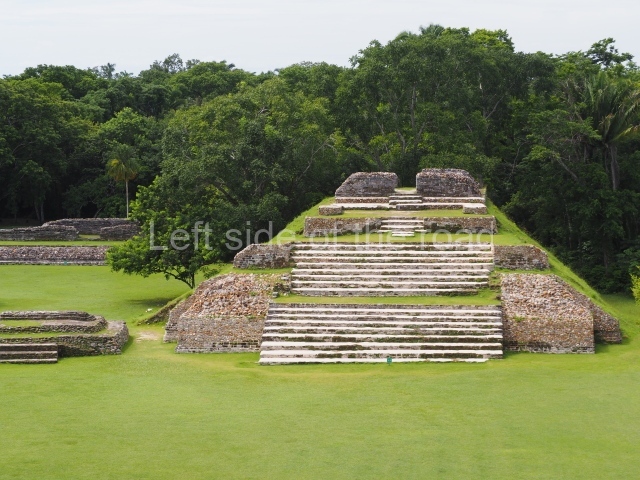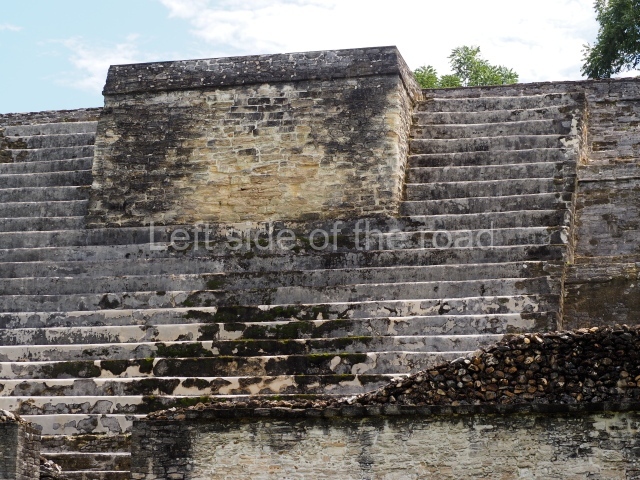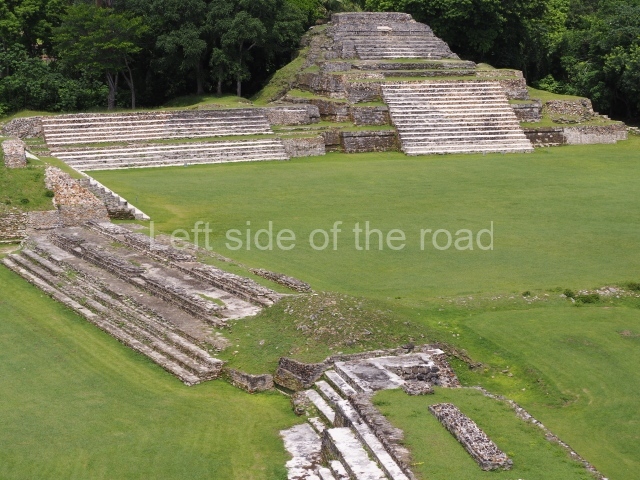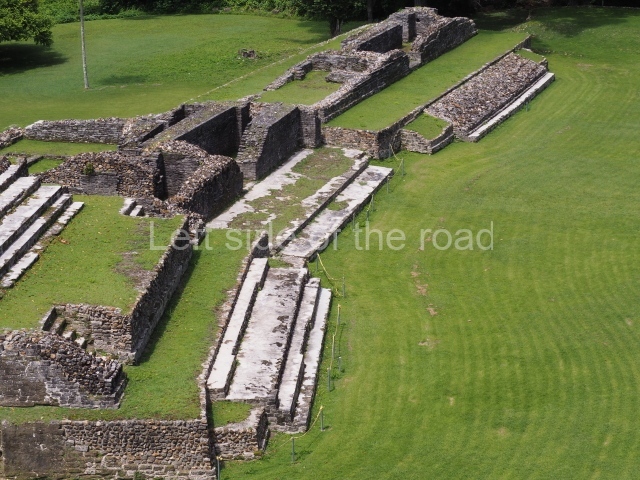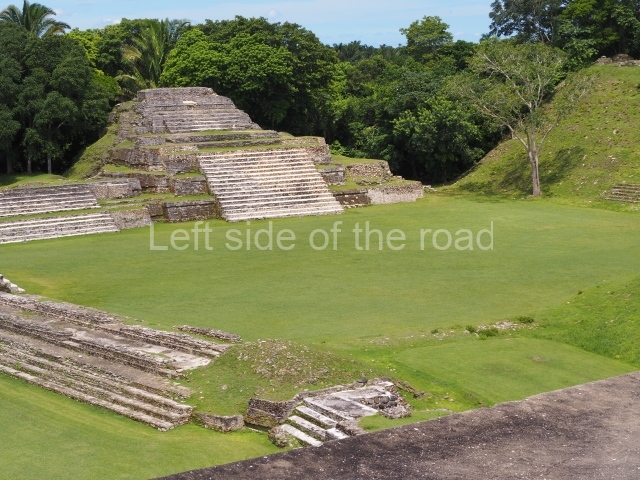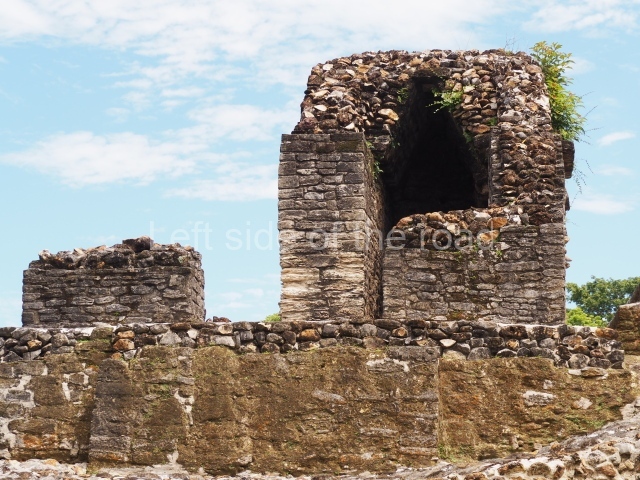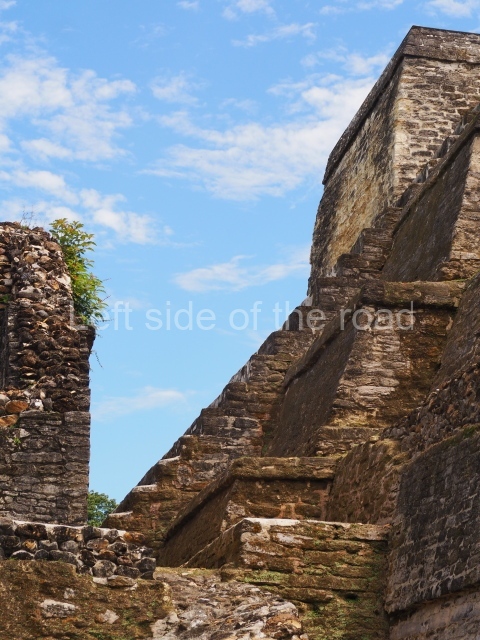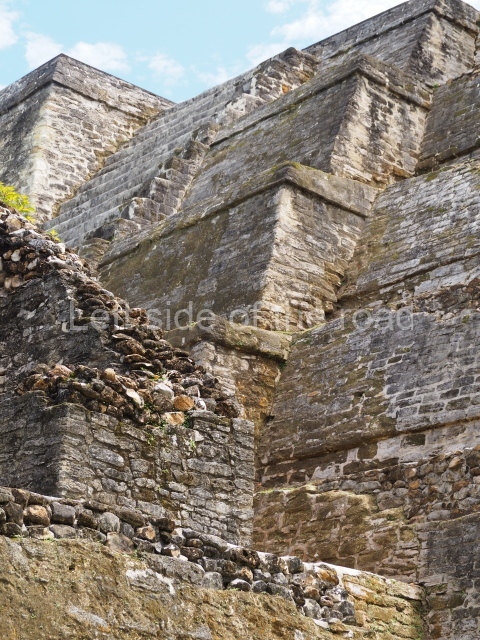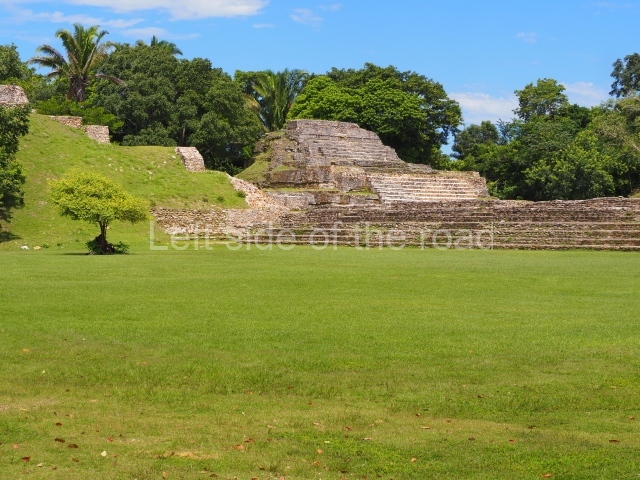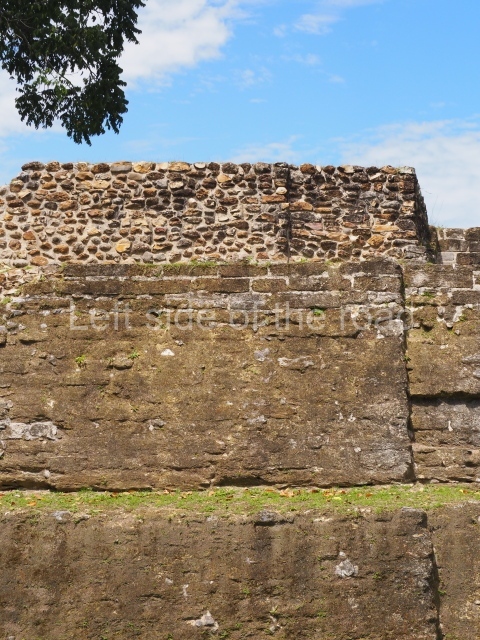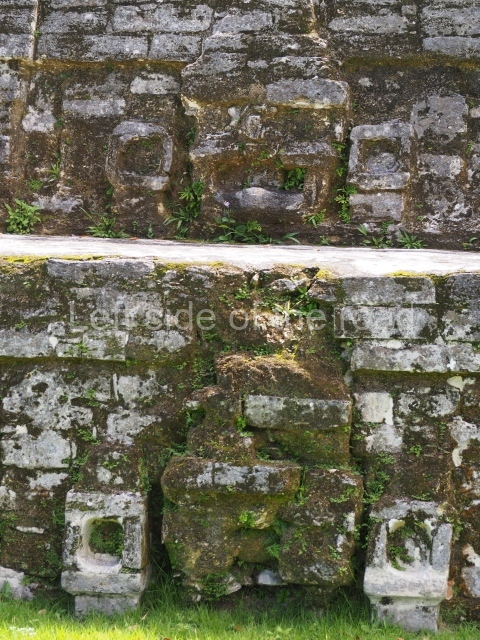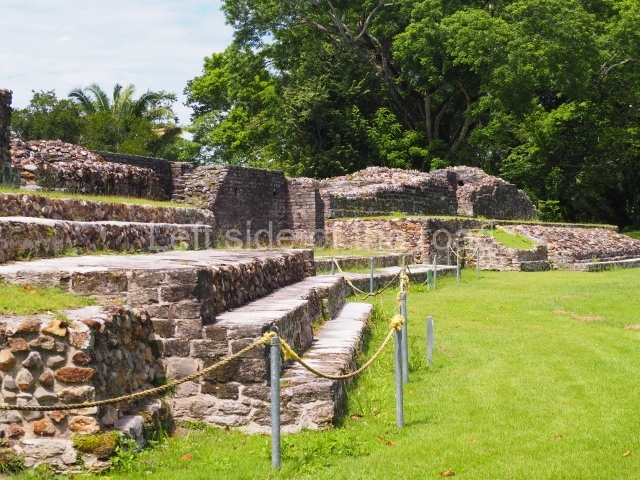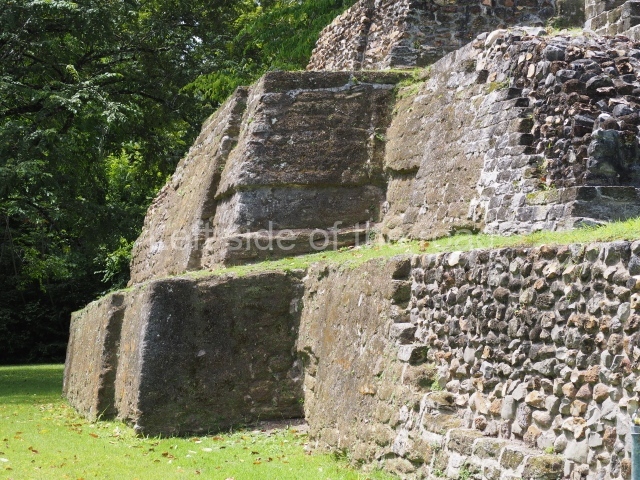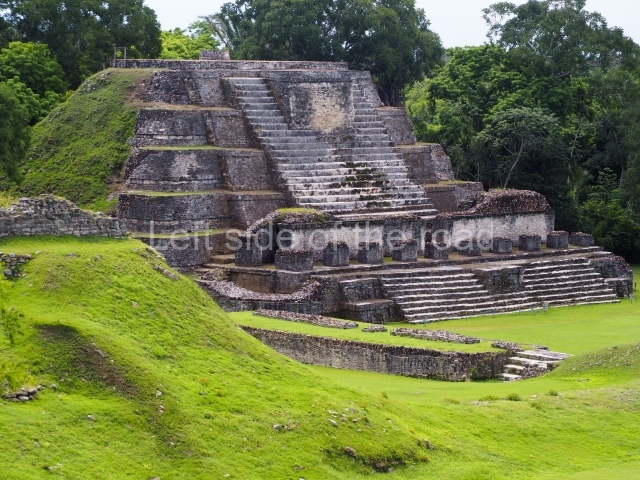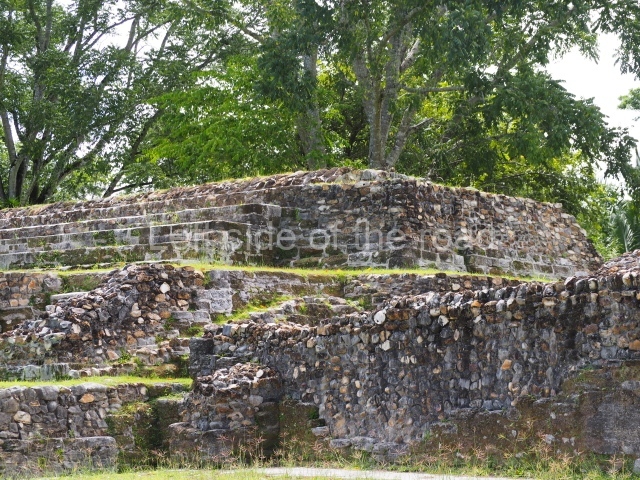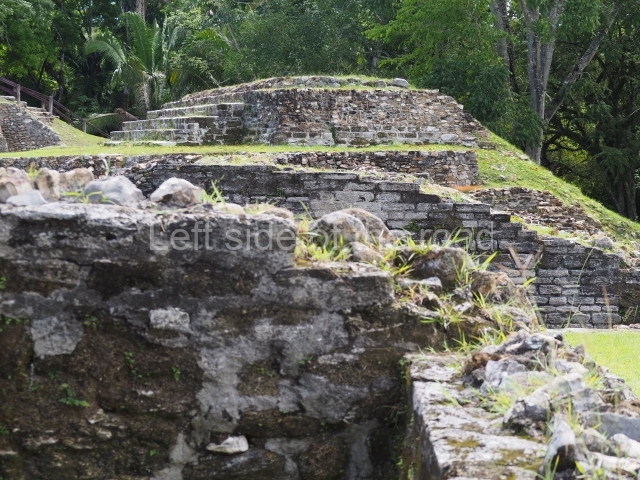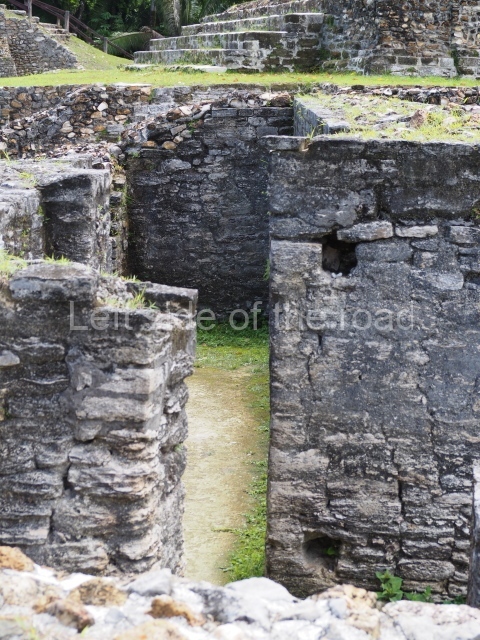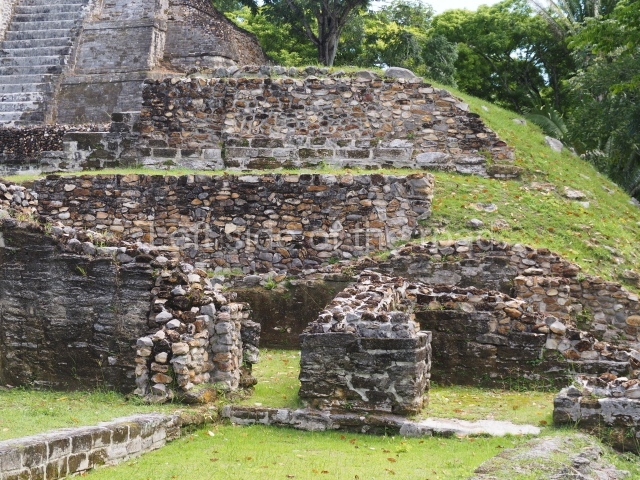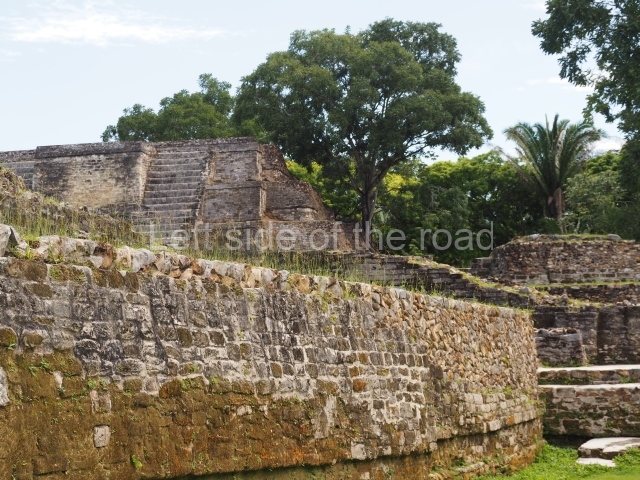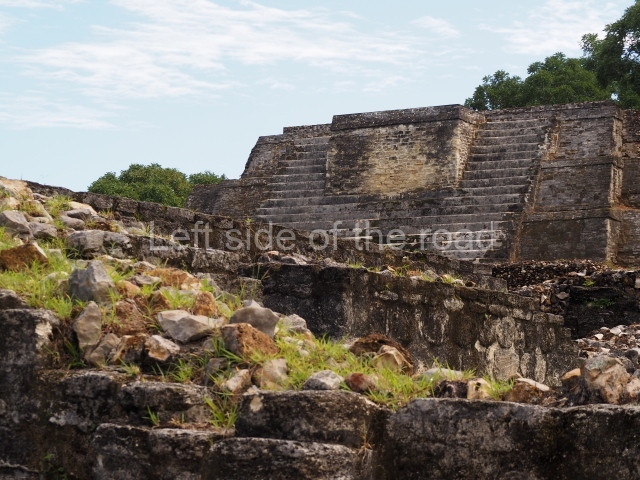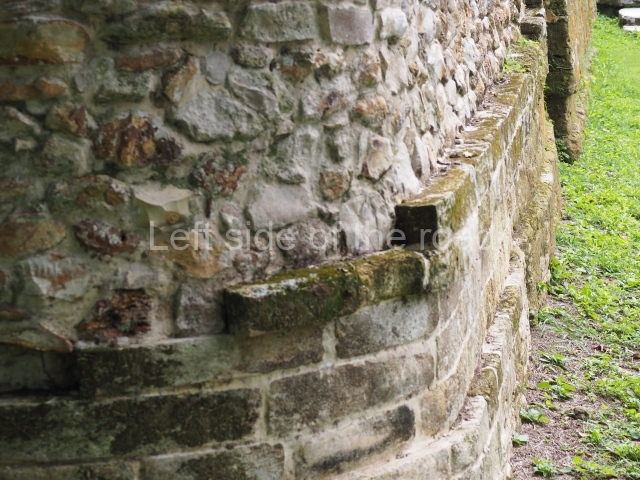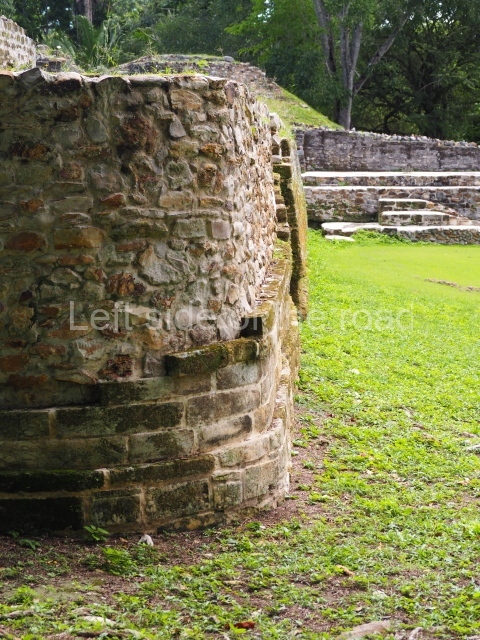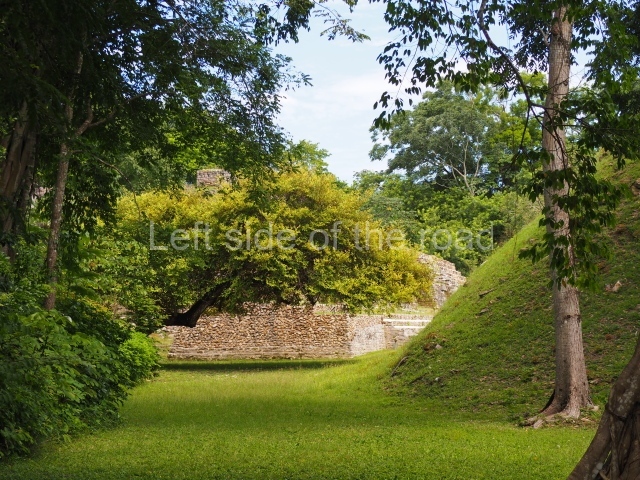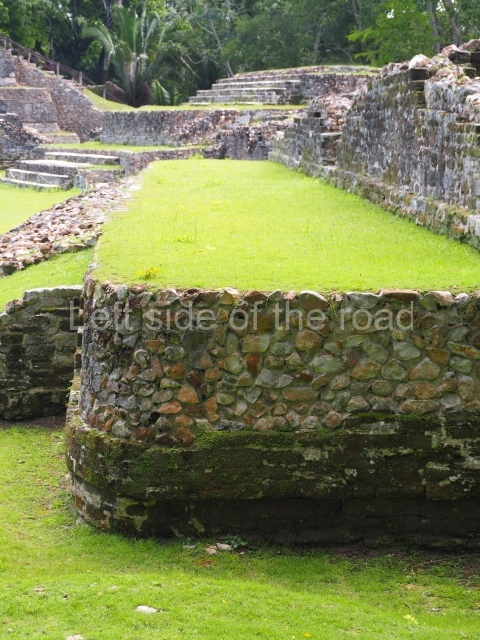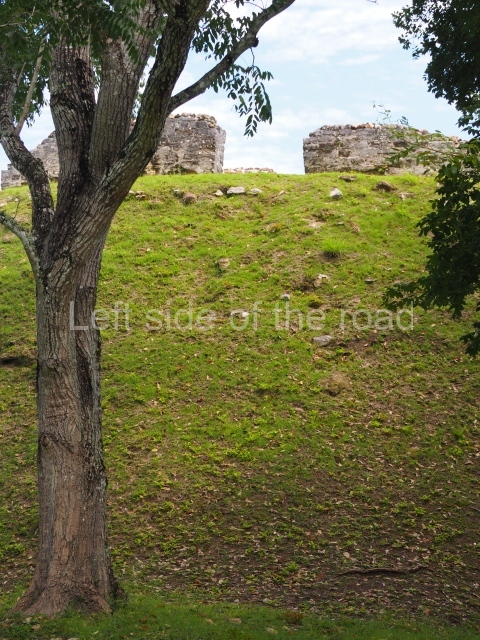
Campanone
The Beginners’ Guide to Doing Bergamo in Three Days
or
What the guide books often miss out
The beauty of the Bergamo Card
To ‘do’ Bergamo in three days probably the most convenient and cheapest way is to buy a 48 hour Bergamo Card, €15, and a One Day Airport Bus ticket €5. A little bit of planning should fill the 3 days remembering that (in order to make it seem a better deal) the Bergamo Card lists places that are free to everyone anyway so they can all be left to the third day. If used properly the Bergamo Card is, indeed, a good deal and allows you to get an idea of the city and its history. If travelling with very young children each card is valid for 1 adult and 1 child under six.
The Bergamo Card, is presently available for 24 and 48 hours from the time of the first use of bus ticket or after having been entered into the computer system at an attraction. If arriving by air you can get these at the airport from the transport company kiosk immediately in front of you once you’ve cleared customs, just to the left of the building exit. This kiosk also sells tickets for the buses going to Milan. The card is also on sale at the Tourist Information Office. There’s major building work going on at the airport at the moment (early summer 2014) but I don’t know how, or if, this work will have any impact on this information. The exact location might change but everything else should remain the same.
If you wish to follow a similar trip that I did over the course of three full days a considered use of your time could work in your favour as you can gain from the dead time overnight before using the second card – just take into account when you want that card to start depending upon your flight arrangements.
As is the case virtually everywhere in Italy in Bergamo you have to buy a ticket before getting on the bus. No driver will even have tickets or money if you attempt to buy one. If you are staying for any length of time in the city and don’t opt for the Bergamo Card makes sense to get one of the multi journey tickets. They are available for One, Two and Three days.
One thing it’s important to remember is that being a foreigner won’t wash in Italy if you’re caught travelling without a valid ticket. Inspectors don’t get on the buses very often, from my experience, but trying to argue you didn’t understand because you’re merely a tourist will only get you a visit to the police station. Currently the fine is €53 if you pay within 60 days of the fine being levelled, it triples after that. So if you get a ticket don’t forget to validate it in the orange machine next to each entrance on the bus. Normally you get on at the front and the back and get off in the middle.
The funicular
There are two short cable car routes in Bergamo. They don’t really exist in the UK and are a different type of transport and worth going on just for the novelty. There’s no great excitement, the journey last little more than 5 minutes and you don’t race along. The route that leaves from the main road at the bottom of the hill to Città Alta is a pleasant way to arrive in the old town. The other route is the one that takes you up to San Vigilio and leaves from outside the walls at the north-western part of the old town. These are run by ATB so any of the travel cards cover the cost.
When in the week to go
Arrive or leave on a Monday but don’t make it the middle of your stay. As is the case in many European countries Bergamo’s tourist attractions tend to close on Mondays (apart from public holidays). You might even find that some of the eateries will also take that day free as the number of people moving around will decrease. This might be less of a problem at the height of the season but then if you can be in any way more flexible in your travel dates you wouldn’t want to go in July or August anyway.
On the other hand for certain attractions being there at the weekend is useful. Two that immediately come to mind is the Donizetti Casa Natal (for opera fans) and the church of Santa Grata Inter Vites (for the macabre paintings behind the altar) – both in Via Borgo Canale.
Tourist Information
There’s a Tourist Information Office on the ground floor of the Gombito Tower, Via Gombito 13 in Città Alta. There’s also an office in Piazza Marconi, opposite the railway station, in the new town.
The best map I came across was given away free in the ATB (the local transport authority) office in Largo Porta Nova in the new town.
They tend to close at lunchtime.
What time to eat
Going to restaurants before the normal lunch break for local workers will allow for a less hectic experience, this is especially the case with the two restaurants chosen on this blog, the Autogrill in the Città Bassa and Il Circolino in Città Alta. Also if you choose to buy food and go for a picnic the places along Via Colleoni can get hectic when the crowds arrive and as you have to order, pay and then collect you could waste a lot of time in queues.
What time to visit the attractions
It might be stating the obvious but if you want to visit any of the main attractions arrive as soon as possible after they open. This doesn’t mean getting up at the crack of dawn as things don’t start opening until 09.00 at the earliest but getting the first hour before buses start to arrive from Milan is recommended. Especially in the low season, spring or autumn, Città Alta is quite pleasant in the early morning as cafés are starting to get ready for the rush and the Piazza Vecchia has few people around.
Markets
On Friday morning there’s a small general food market in Piazza Cittadella in Città Alta
On Saturday morning there are two street markets in the newer part of town.
The arts and crafts is in the Piazza degli Alpini, at the bottom end of Viale Giovanni XXIII, close to the railway station.
The food, clothing and general wares market is in Piazzale Goisis, the car park of the Atalanta Bergamasca Calcio football stadium, on Viale Guilio Cesare
Public Toilets in Città Alta
There’s a small building just up the hill from the Gombito Tower (the home of the Tourist Information Centre) on Via Lupo. Cost 25 cents.
Suggestions of what to do, where to go and where to eat
Domenico Gaetano Maria Donizetti in Bergamo
Fans of opera, and especially that form known as bel canto (of which both Rossini and Bellini were also well-known exponents), will be able to follow a route following the life, literally from the cradle to the grave and a few stages in between, of Domenico Gaetano Maria Donizetti in Bergamo.
The Eccentric, Unusual and Bizarre in Bergamo
When people arrive in a tourist destination they often have a list of those highlights they wish to tick off – the ‘been there, done that, bought the T-shirt’ sort of idea. Whilst, in general, there’s nothing wrong with that approach it tends to mean that tourists race around (or are taken around) the major sites and in the process miss out on what makes the place ‘human’, somewhere people have lived for generations. Here I hope to give an introduction to the eccentric, unusual and bizarre in Bergamo.
Colleoni Chapel, Città Alta, Bergamo
The Colleoni Chapel is the Renaissance structure built beside (in fact having taken some of the space of) the Romanesque Basilica of Santa Maria Maggiore in the Piazzetta del Duomo in Città Alta in Bergamo.
Autogrill Self-Service Restaurant, Bergamo
For lunch on my first full day in Bergamo (out of three) I decided to travel down into the new town and see what was on offer there. It gave me a chance to have another look at the Monument to the Partisan and, perhaps, take some pictures of the Città Alta from below – that didn’t work out well as the day was, and remained, overcast with even a dramatic thunder and lightning show accompanying torrential rain in the evening. Just as the bus approached the Porta Nuova junction, my planned alighting place, I noticed a sign for the Autogrill Self-service restaurant on the left hand side.
San Michele al Pozzo Bianco – Bergamo
The small church of San Michele al Pozzo Bianco, on Via Porta Dipinta, just about 200 metres down the hill from the Piazza Mercato della Scarpe (where the top station of the funicular is located) in Città Alta, Bergamo, without a shadow of a doubt houses the finest collection of en situ Romanesque religious paintings in the city. Covering the period from the early 12th to the late 16th centuries its possible, in this one small building, to get an idea of the evolution not only of the artistic styles but also the way of thinking of the population during that 500 year period. For some reason unknown to me it rarely gets mentioned in any of the tourist material, either on paper or online.
With the idea that it’s possible to ‘do’ Bergamo in three full days I thought it would be useful to suggest that one of the lunches out of the three could consist of something a little less ‘formal’ than in a restaurant. I’ve already suggested the Autogrill in the Città Bassa and Il Circolino in the Città Alta so here I thought I’d offer some thoughts on snacking and organising a picnic at San Vigilio.
Il Circolino Ristorante – Cooperativa di Città Alta
I was glad I persisted in my search for a reasonably priced ristorante in Bergamo’s Città Alta, and not restricted my search to the new town, otherwise I would have missed out on Il Circolino. This is the restaurant within the building run by the Cooperativa di Città Alta, to be found in the dead-end alley off Via Colleoni (opposite No 22) with the Cooperative’s sign on the corner.
The Baptistery, Piazza Duomo, Città Alta
The Baptistery in Piazza Duomo, Città Alta, Bergamo must be the most peripatetic Baptistery in the world. It might not have travelled far but it moved often. Starting out inside the Basilica of Santa Maria Maggiore it was moved to two other places in the vicinity of the Piazza Duomo before ending up in its present location at the end of the 19th century.
Santa Grata Inter Vites – Macabre Paintings
Leaving through the Porta di San Alessandro in the north-western section of the walls of Città Alta, and walking just a little beyond the bottom funicular station that takes you up to San Vigilio (the highest point to look down on Bergamo) you’ll arrive, on the right going downhill, at the narrow street of Via Borgo Canale. A couple of hundred metres down this road, on the left hand side, is the church of Santa Grata Inter Vites, home to the macabre paintings by the local painter Paulo Vincenzo Bonomini (1757-1839).
Partisan Monument – Giacomo Manzù
In the Piazza Matteotti, just a few metres from the Porta Nuova in Bergamo’s New Town you come across the very moving and poignant Partisan Monument by the local, Bergamo born, sculptor Giacomo Manzù (the pseudonym of Giacomo Manzoni (22nd December 1908 – 17th January 1991).
The Campanone, Museum of the Venetian Age and Roman Archaeological Discoveries
The Campanone, the Museum of the Venetian Age and the Roman Archaeological area are all accessed by the same door, what would have been the main entrance of the Palazzo del Podestà (the Governor’s Palace) and so it makes sense to allow time to visit all three at the same time.
The Adriano Bernareggi Diocesan Museum of Sacred Art
The Museo Diocesano d’Arte Sacra Adriano Bernareggi (Adriano Bernareggi Diocesan Museum of Sacred Art) is only a short distance from the Cittá Alta. Based on the collection of a Bergamo Bishop (who gives his name to the museum) from the 1930s onwards it contains exhibits not really seen elsewhere in the city.
Three days in Bergamo, Lombardy, Italy
Three days in Bergamo, Lombardy, Italy. What to do? Where to go? What do you need to know? How much will it cost? From the links below you will be able to find the information, practical hints, tips, suggestions of visits and food, etc., to make a full three day visit to the northern Italian city, in the foothills of the Orobie Alps and about 45 kilometres to east of Milan, an enjoyable experience.
